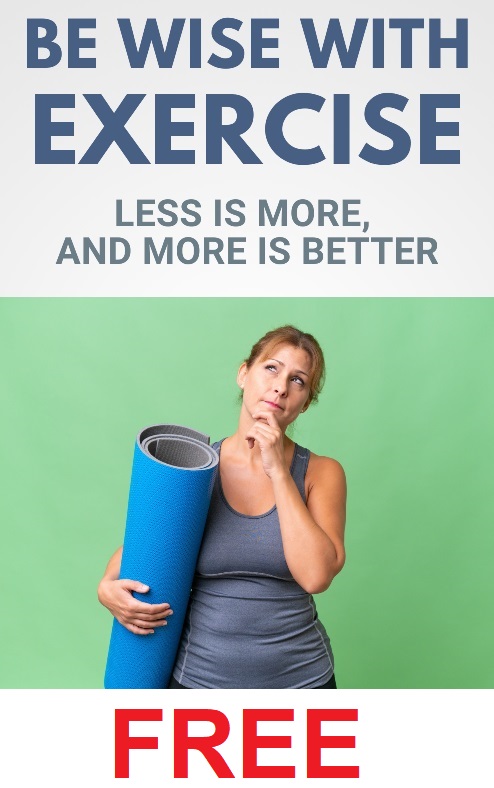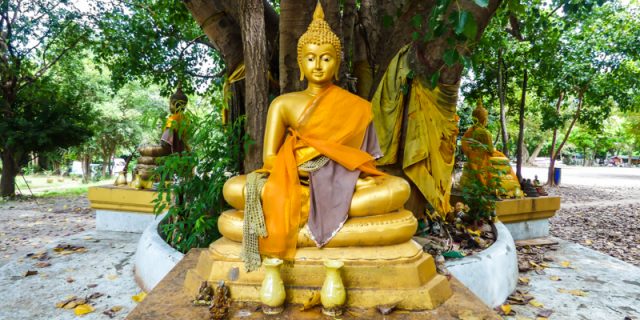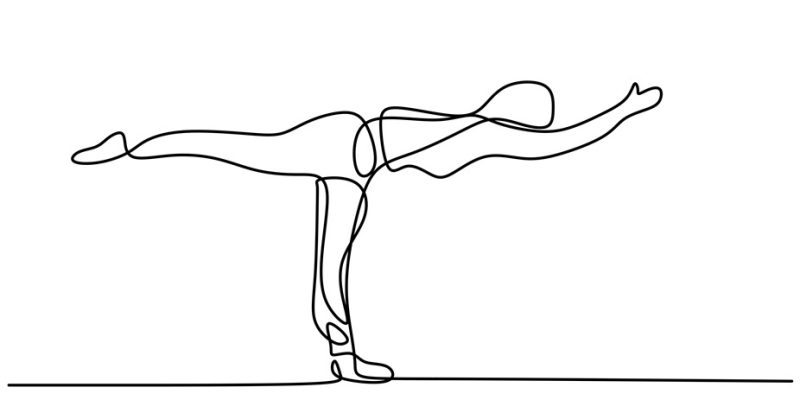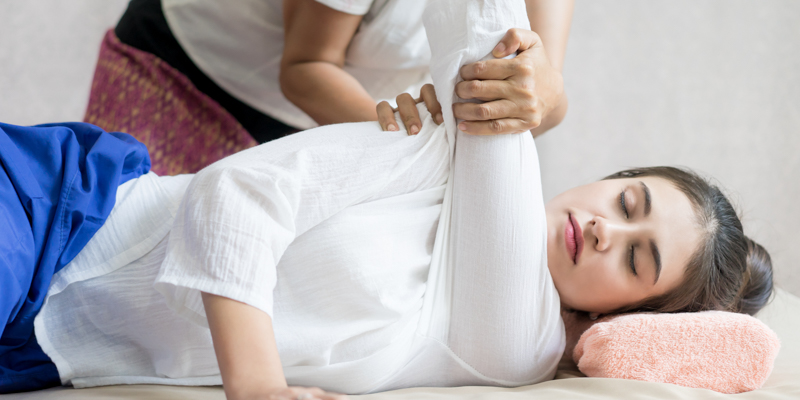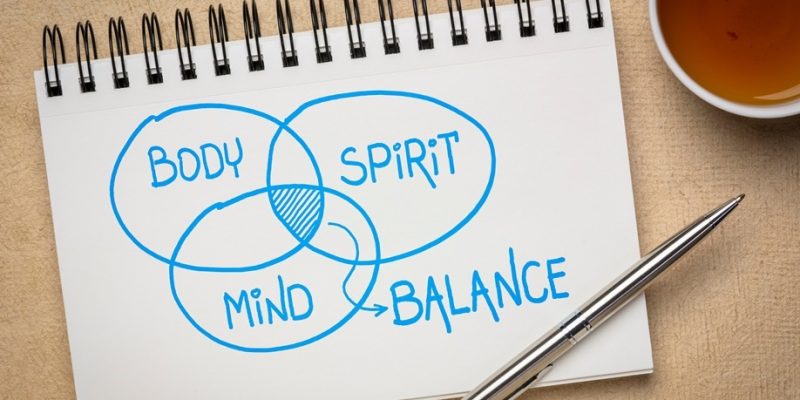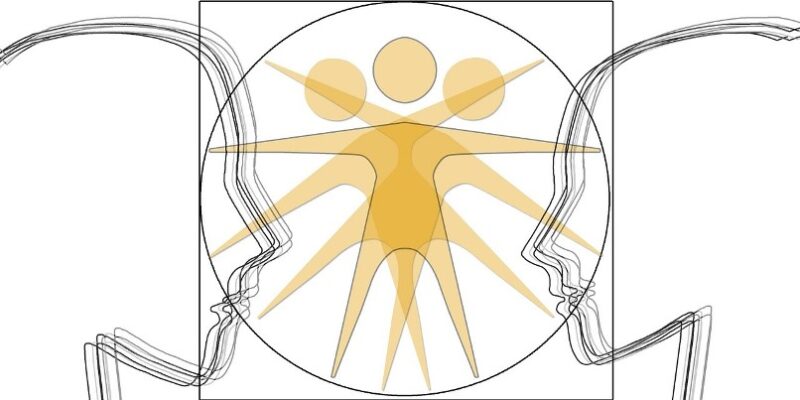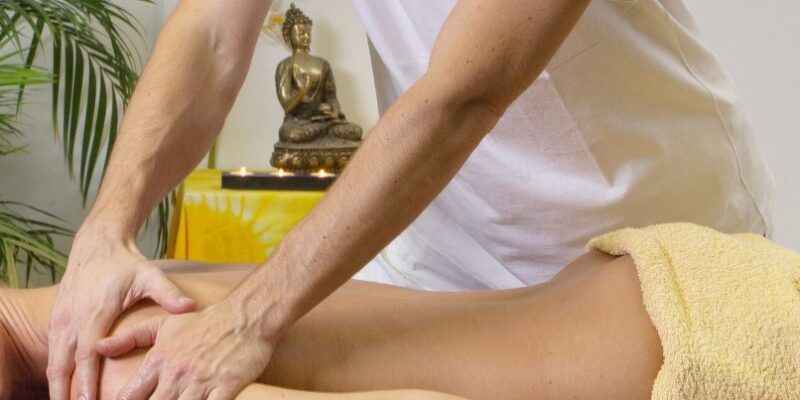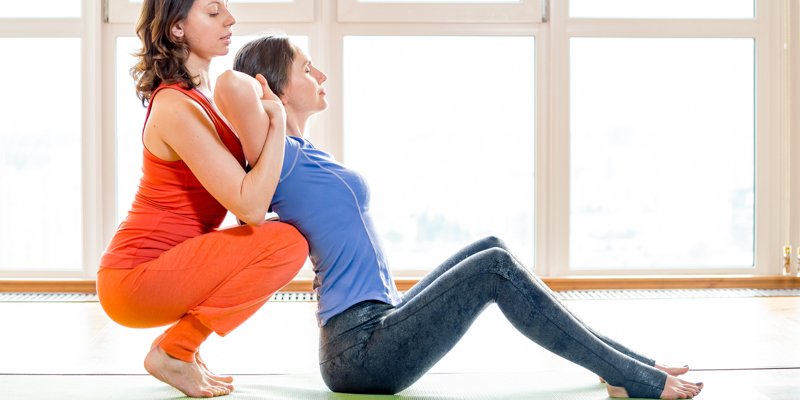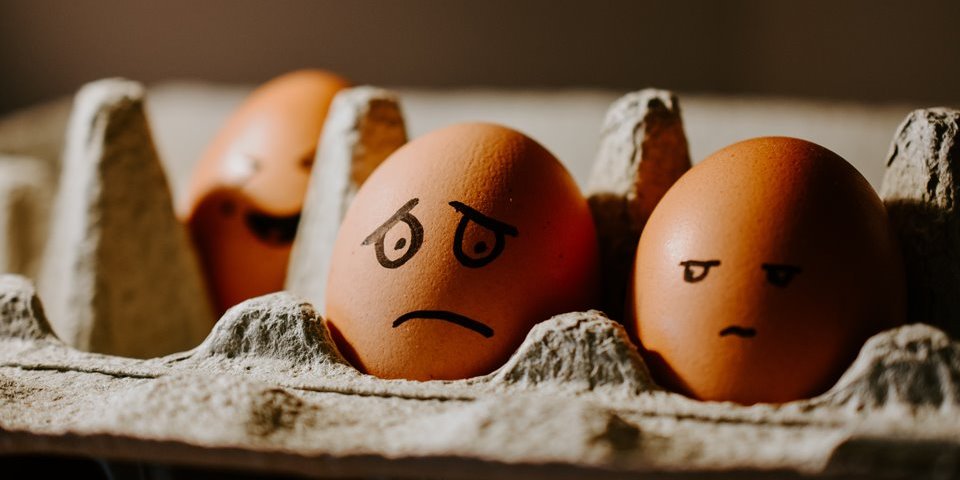
Body Language is a type of conscious and/or unconscious non-verbal communication in which specific physical behaviors, physical postures, organs, and/or bodily states express or convey information about someone, about others, or about a situation.
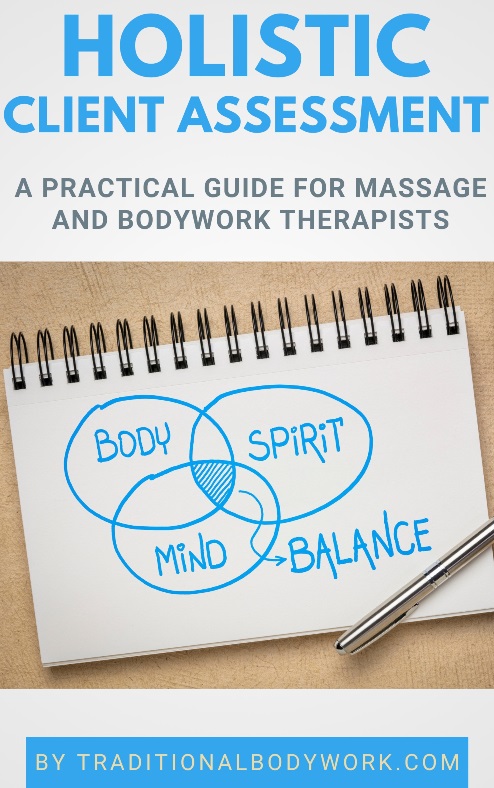
It’s important to note here that most Body Language is involuntary and unintentional, although the intentional application of mimicked Body Language is a growing “behavioral modality” in contemporary society, notably in political and commercial domains.
Another remark: mind that sign languages — typically used by the hearing impaired and those who interact with them — are also non-verbal ways of communicating, but are not considered Body Language, yet true languages of their own with incorporation of proper grammar systems.
So, in Body Language, words are not used; instead, a person uses facial expressions, body postures, body movements, gestures, breathing patterns, eye movements, the way they look at something (one’s gaze, or the “windows to the soul”), touch, and external and internal bodily organs to reflect or convey non-verbal information. The use of space (for instance taking distance from something or someone) is also considered Body Language.
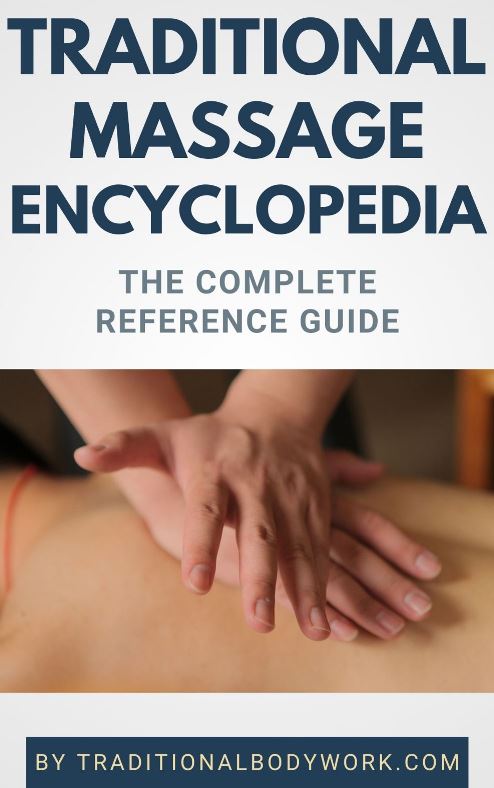
The interpretation of Body Language varies depending on culture or country, but in a given society Body Language expressions usually have a general agreed-upon meaning. Body Language can be used or expressed as a standalone phenomenon, but it more likely appears as a deliberate or non-deliberate complement to verbal communication.
Although still a matter of discussion, it’s generally thought that Body Language may account for a majority of the information shared (between 60% and 70%) during interpersonal contact. Most commonly, Body Language provides information about how people feel or what they think, and what their emotions or intentions are in a given situation. It’s thus important to learn to interpret Body Language correctly because it can support us in better understanding others, ourselves, or a situation.
Body Language can convey a large scale of emotions, such as happiness, trust, sadness, joy, anger, surprise, bewilderment, disgust, fear, confusion, excitement, nervousness, desire, or contempt. It can also share what we think of something, such as giving our approval or disapproval.
In a broader sense, Body Language can also tell us something about someone’s traits or character, but this can be rather ambiguous to trust upon because perceived Body Language often depends on a person’s current mood, their energy level, and the particular circumstances.
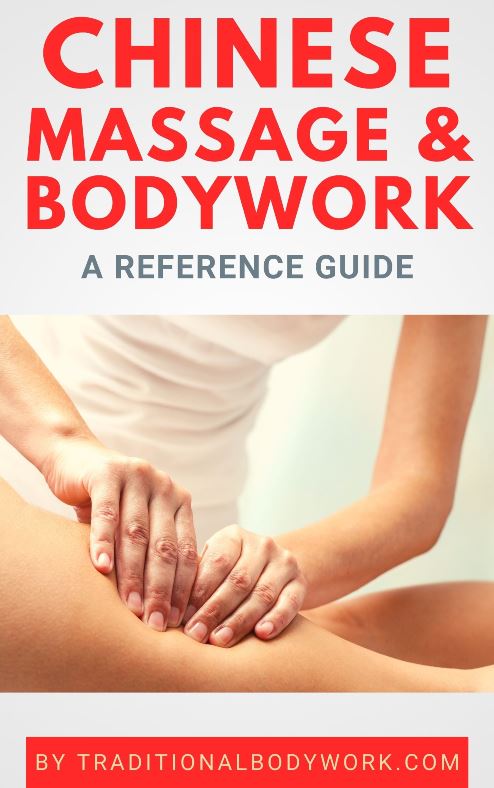
Interesting fact is that Body Language has been used for millennia as a diagnostic technique within traditional medicine systems. That is, therapists make a connection between the appearance and feel of body parts (like the internal organs, joints, or skin, etc.) and emotional or mental health issues. However, pulse rate, the state of the tongue, color of the skin and eyes, or hot and cold bodily areas, may also point to underlying physical health conditions.
For instance, in Traditional Chinese Medicine, health problems with the liver are seen as a sign of (unresolved) anger issues (by the way, this is sometimes called Organ Language instead of Body language). In this case, especially when a person suppresses anger, it’s thought that the liver can become inflamed or overly hard with, of course, the subsequent health issues attached to that.
But also the way we walk, stand, or position our body is believed to express certain dispositions of a person and is taken into account by traditional medicine practitioners to come to proper diagnosis and a subsequent treatment plan.





